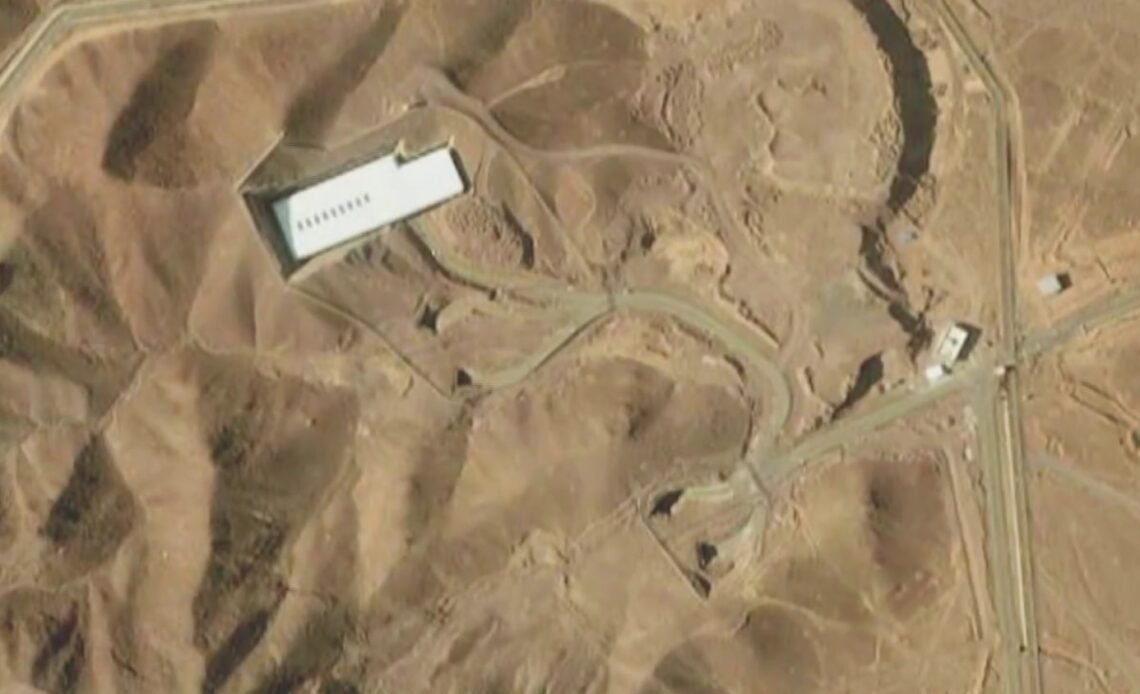In a statement that has reignited global concern, former President Donald Trump recently claimed that the United States “obliterated” Iran nuclear sites, a remark that sent shockwaves through diplomatic circles and prompted an immediate warning from Tehran. The explosive assertion, whether grounded in fact or rhetorical flourish, comes at a time of heightened tension over Iran’s nuclear program and fragile international negotiations.
As Tehran pushes back against the claim and experts race to verify its accuracy, the world is left asking: What happened to Iran nuclear sites, and what comes next?
Trump’s Statement and Its Immediate Fallout
What Trump Said
Speaking at a political rally, Trump made a bold declaration: the US had obliterated Iran nuclear sites. While the former president did not provide specific details, locations, or timelines, his tone suggested that significant military action had either occurred or had been considered during his time in office.
The comment instantly made headlines, with speculation swirling over whether it referred to covert operations, cyberattacks, or purely rhetorical chest-thumping.
Was There a Strike? Conflicting Reports
Despite the bombshell nature of Trump’s remark, no official confirmation of a recent military strike on Iran nuclear sites has been released. Pentagon officials declined to comment, and current Biden administration spokespeople distanced themselves from the claim.
Some analysts believe Trump was referencing past covert operations, such as the Stuxnet cyberattack or the 2020 killing of Iranian nuclear scientist Mohsen Fakhrizadeh, rather than a conventional military strike.
Iran’s Response to the Allegation
Tehran’s Official Reaction
Iranian officials quickly responded, condemning Trump’s statement as “provocative, baseless, and dangerous.” Foreign Ministry spokespeople called the remark a clear example of irresponsible rhetoric, warning that such claims could fuel instability in an already tense region.
Warnings of Consequences
In a strongly worded statement, Tehran warned of “decisive and strategic retaliation” should any attack on Iran’s nuclear sites be verified. Iranian military commanders emphasized their readiness to defend national interests and suggested that any aggression would be met with force.
The History of Iran Nuclear Sites and US Tensions
Timeline of Key Events
The development of Iran nuclear sites has long been a focal point of international scrutiny. From early enrichment programs in the 2000s to the Joint Comprehensive Plan of Action (JCPOA) in 2015, Iran’s nuclear ambitions have drawn both diplomatic outreach and military threats.
Notable past events include:
- Stuxnet (2010): A joint US-Israeli cyberattack that disrupted Iran’s Natanz facility.
- JCPOA Signing (2015): A historic agreement limiting Iran’s enrichment in exchange for sanction relief.
- US Withdrawal (2018): Trump pulled the US from the deal, escalating tensions.
- Targeted Killings (2020): Iranian nuclear scientists were assassinated in attacks widely attributed to foreign intelligence agencies.
Trump’s Iran Policy Legacy
Trump’s foreign policy toward Iran was marked by maximum pressure, including reimposing sanctions and increasing military presence in the Gulf. His administration’s covert actions and withdrawal from the JCPOA contributed to the deterioration of US-Iran relations and intensified global focus on Iran nuclear sites.
Geopolitical Implications of Trump’s Statement
Global Diplomatic Reaction
Following Trump’s statement, US allies expressed concern over the implications of such a declaration, especially with no verification. The International Atomic Energy Agency (IAEA) refrained from commenting directly but reiterated the need for transparency and dialogue.
The European Union, still hoping to revive the JCPOA, warned that such rhetoric could derail fragile diplomatic progress.
Impact on Ongoing Nuclear Negotiations
Trump’s claim could complicate current US-Iran negotiations, which were already teetering due to mutual distrust. Tehran may now approach talks with increased suspicion, while hardliners within Iran could use Trump’s statement to justify accelerating nuclear enrichment at Iran nuclear sites.
Media, Analysts, and Fact-Checkers Weigh In
Verifying the Claim
Independent verification of Trump’s claim remains elusive. Military analysts suggest that any overt strike on Iran nuclear sites would have likely triggered a regional conflict—something that hasn’t occurred. Fact-checkers have labeled the statement as “unsubstantiated,” pending evidence.
Political and Security Analysts’ Perspectives
Experts are divided. Some believe Trump’s remarks were exaggerations intended to boost his political image. Others warn that even baseless claims about Iran nuclear sites can inflame tensions, provoke miscalculations, and impact nuclear diplomacy.
What This Means for the Future
Risks of Escalation
Whether factual or not, Trump’s claim introduces new risks. If Tehran believes that US forces have acted—or may act—against Iran nuclear sites, it may preemptively escalate. In a worst-case scenario, the region could spiral into confrontation.
Calls for Transparency and Accountability
In the wake of the statement, there are renewed calls for transparency regarding US operations targeting foreign nuclear infrastructure. Lawmakers and global watchdogs stress the importance of verifiable facts, particularly when national security and nuclear stability are on the line.
Conclusion
Trump’s claim that the United States obliterated Iran nuclear sites has thrust an already sensitive topic back into the global spotlight. Whether rooted in fact or political theater, the statement has real-world implications, spurring responses from Tehran, igniting diplomatic uncertainty, and adding fuel to an already volatile geopolitical landscape.
As tensions rise and the future of nuclear diplomacy hangs in the balance, the world watches closely—not only for verification but for leadership that chooses transparency over provocation.
Don’t Miss Out! Get the Latest News, Tips, and Updates from Us!


